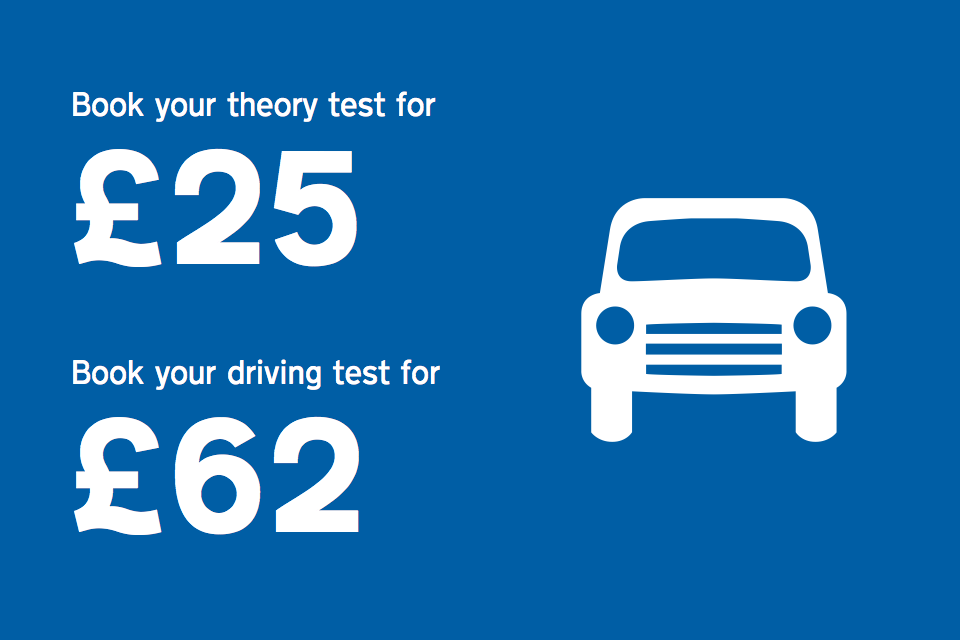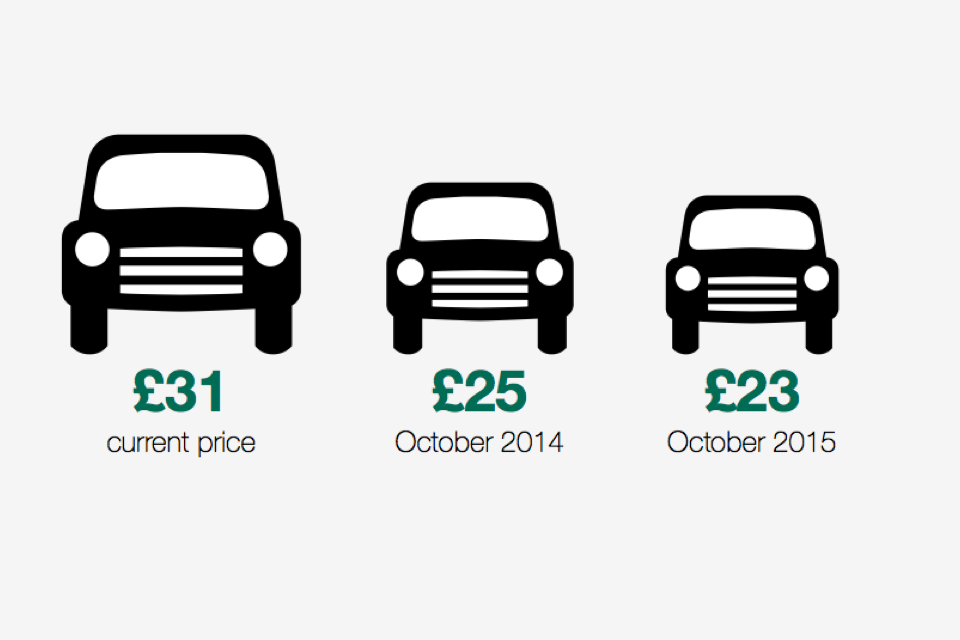Wet weather driving tips
![]()
These tips will keep you and your passengers safe on wet roads.
1. ROUTINELY CHECK YOUR TYRES…
Always check your tyres before you hit the road. Make sure you do the following routine maintenance:
Keep your tyres properly inflated. The correct air pressure for your tyres is specified by the vehicle manufacturer and can be found on the vehicle door edge, door-post, and glove box door or fuel door. It is also listed in the owner's manual. The number listed on the side of the tyre is not the recommended air pressure for your tyre – it is the maximum air pressure for the tyre. You should check your tyre's air pressure at least once a month.
Check the tyres tread depth. Proper tread depth will help prevent skids and aquaplaning.
2. SLOW DOWN.
As rain falls, it mixes with grime and oil on the road creating slick conditions perfect for skids. The best way to avoid skidding is to slow down. Driving at a slower pace allows more of the tire's tread to make contact with the road, which leads to better traction.
3. KNOW HOW TO RECOVER FROM A SKID.
Skids can happen even to the most cautious drivers. If your car does skid, remember not to slam on the brakes. Do not pump the brakes if you have an anti-lock braking system (ABS). Instead, apply firm, steady pressure to the brakes and steer the car in the direction of the skid.
4. KEEP YOUR DISTANCE FROM THE CAR AHEAD.
Wet-weather driving demands gentle use of all the main controls – steering, clutch, brake and accelerator – and a larger allowance for errors and emergencies. When you begin a journey in rain, your shoes will be wet and can easily slip off the pedals. Scuff the soles on the rubber matting or carpeting of the car before you start the engine. All motorists should regularly check that their headlights, rear lights, brake lights and turn indicators are working properly. It takes about three times longer to break on wet roads than on dry roads. Since more distance is required to brake, it is important not to tailgate. Keep a little more than two car lengths between you and the vehicle in front of you.
5. DRIVE IN THE TRACKS OF A CAR AHEAD OF YOU.
Avoid using your brakes. Whenever possible, slow down by taking your foot off the accelerator.Turn your headlights on, even in light rain. Not only do they help you see the road, but they'll help other drivers see you. If your car has daytime running lights, you should turn them on, so vehicles behind you can see you better.
6. PREPARE FOR YOUR JOURNEY.
Wet-weather driving demands gentle use of all the main controls – steering, clutch, brake and accelerator – and a larger allowance for errors and emergencies. When you begin a journey in rain, your shoes will be wet and liable to slip off the pedals. Scuff the soles on the rubber matting or carpeting of the car before you start the engine. All motorists should regularly check that their headlights, rear lights, brake lights and turn indicators are working properly.
7. LEARN HOW TO AVOID AND DEAL WITH AQUAPLANING.
Aquaplaning happens when the water in front of your tyres builds up faster than your car's weight can push it out of the way. The water pressure causes your car to rise up and slide on a thin layer of water between your tyres and the road. At this point, your car can be completely out of contact with the road, and you are in danger of skidding or drifting out of your lane, or even off the road. To avoid aquaplaning, keep your tyres properly inflated, ensure that the tread non skid is above the legal limits on your tyres and replace them when necessary, slow down when roads are wet, and stay away from puddles. Try to drive in the tyre tracks left by the cars in front of you. If you find yourself Aquaplaning, do not brake or turn suddenly. This could throw your car into a skid. Ease your foot off the accelerator until the car slows and you can feel the road again. If you need to brake, do so gently with light pumping actions. If your car has ABS, then brake normally; the car's computer will mimic a pumping action, when necessary.
8. IF THE RAIN BECOMES TOO HEAVY, STOP!
Heavy rain can overload the wiper blades, allowing an almost continuous sheet of water to flow over the screen. When visibility is so limited that the edges of the road or other vehicles cannot be seen at a safe distance, it is time to pull over and wait for the rain to ease up. It is best to stop at rest areas or other protected areas. If the roadside is your only option, pull off as far as possible and wait until the storm passes. Keep your headlights on and turn on your hazard warning lights to alert other drivers.
9. FIRST RAIN MAKE THE ROAD VERY SLIPPERY.
The first rain always make the roads the most difficult to drive on, as the mud and oil on the dry road combines with the water and forms a rather slippery layer. Drivers are likely to experience reduced control, and are cautioned to be extra careful for the first half-hour after it begins to rain.
10. CLOUDY WEATHER REDUCES VISIBILITY.
Use extra caution when passing other vehicles.
11. DRY YOUR BRAKES AFTER DRIVING THROUGH STANDING WATER.
If you have driven through standing water deep enough to get your brake shoes wet, apply the brakes lightly to dry them.
12. DON'T DRIVE WHILE FATIGUED.
Stop at least every couple of hours or every hundred miles to rest.

















